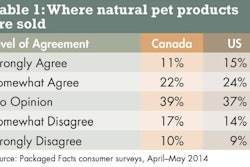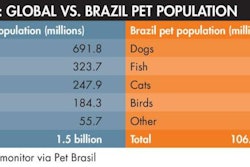Brazilian airports receiving large volumes of fish for exports get more agility through a work developed by the Ministry of Fishery and Aquiculture (MPA).
The aquiculture engineer in charge, Felipe Weber Mendonça Santos, said that with this change, the average waiting time of living cargoes in airports fell from 20 hours to four hours. The greater agility benefits ornamental fish exporters of the Pet Brazil Project, an initiative to promote the exports of the Brazilian Trade and Investment Promotion Agency (Apex-Brazil) in partnership with the Brazilian Association of the Industry of Products for Pets (Abinpet).
The Manaus and Belém airports were chosen due to the higher number of living cargoes of the capital cities' ornamental fish breeding centers. “In view of the situation, [MPA] could not abstain from making the decisions to mitigate this bottleneck," said Santos. "When we transport fish, they have water and oxygen limitation. By decreasing the time of animals in airports, the mortality reported by exporters and importers falls significantly."
Santos said that Fishing Planning and Licensing Secretary Flávio Bezerra da Silva was in charge of the creation of the Technical Group of Public Policy Works for the ornamental fish production chain. “We are starting the second phase and it is occurring in Guarulhos Airport in São Paulo," he said. "We will extend it to the other four states that develop similar operations: Rio de Janeiro, EspÃrito Santo, Pernambuco and Ceará."
Several agencies worked together to implement the change. The Federal Revenue Service provided a differentiated treatment for living cargo clearance. The MAPA and Ibama made an agreement regarding the timetables of flights and those in which the checks occur. Infraero, with its logistic management of the cargo terminal, has undertaken to release semi-annual licenses for trucks and drivers of living water organisms. The monitoring occurs by the Federal Superintendency of Fishing and Aquiculture of the respective states.

















